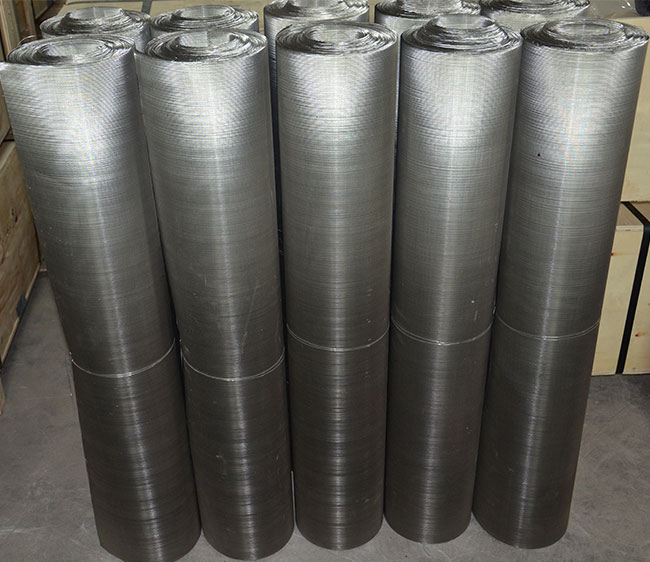Aug . 07, 2024 20:05 Back to list
Affordable Wire Mesh Production Techniques for Various Industrial Applications and Uses
The Manufacturing of Cheap Wire Cloth An Overview
Wire cloth, also known as wire mesh or wire fabric, is a versatile product used in a multitude of applications across various industries. From construction and filtering to agriculture and decorative purposes, wire cloth serves as both a practical solution and a creative medium. With the rising demand for affordable solutions, the manufacturing of cheap wire cloth has become increasingly prominent. This article delves into the processes, materials, and techniques involved in the production of economical wire cloth, along with its applications and benefits.
Raw Materials Used
The primary raw material for manufacturing wire cloth is wire, which can be made from various metals including stainless steel, carbon steel, aluminum, and brass. Stainless steel wire is often preferred for its resistance to corrosion, while carbon steel is used for cost-effective solutions. Depending on the application, wire gauges (diameter) and mesh sizes (the number of openings per inch) are selected based on the desired strength and filtration properties.
To produce cheap wire cloth, manufacturers often prioritize cost-effective raw materials without compromising on quality. For instance, opting for lower grades of stainless steel or sourcing wire from local markets can significantly cut production costs.
Manufacturing Processes
The manufacturing of cheap wire cloth typically encompasses several key processes wire drawing, weaving, and finishing.
1. Wire Drawing This process involves pulling large metal rods through progressively smaller dies to create wire of desired gauge. Wire drawing not only reduces the diameter of the wire but also increases its tensile strength, making it suitable for various applications.
2. Weaving After the wire is drawn, it can be woven into cloth using a variety of techniques such as plain weaving, twill weaving, or warp and weft weaving. In cheap wire cloth manufacturing, automation plays a crucial role to ensure high production rates and consistency in the end product. Automated weaving machines can handle large quantities of wire and produce uniform mesh sizes, which is essential for cost efficiency.
3. Finishing Once the wire cloth is woven, it undergoes finishing processes such as cleaning, coating, or galvanizing. These treatments enhance durability and resistance to environmental factors. While cheap wire cloth may forgo some of the extensive finishing options, basic treatments like galvanization remain essential for increasing lifespan and usability.
cheap wire cloth manufacturing

Applications of Cheap Wire Cloth
Cheap wire cloth finds its application across diverse sectors. In construction, it is used for reinforcing concrete, creating partitions, or as a protective barrier in various settings. In the agricultural sector, inexpensive wire mesh is often utilized for fencing, crop protection, and animal enclosures. Additionally, wire cloth is crucial in industrial settings for filtration and separation processes, such as in water treatment plants.
Moreover, the decorative sector has also embraced wire cloth for its aesthetic appeal. It can be used in architectural designs, light fixtures, and art installations. The ability to produce wire cloth in a variety of patterns, colors, and finishes enhances its versatility.
Benefits of Cheap Wire Cloth
1. Cost Efficiency The most significant advantage of cheap wire cloth is its affordability. It allows businesses, builders, and individuals to access quality materials without exceeding budget constraints.
2. Versatility Cheap wire cloth can be tailored to suit numerous applications, making it an invaluable resource in various fields.
3. Ease of Use Lightweight and easy to handle, wire cloth can be cut, shaped, and assembled with minimal effort, facilitating quick installations or modifications.
4. Durability While it is economical, many cheap wire cloth products are designed to withstand environmental wear, making them suitable for both indoor and outdoor applications.
In conclusion, the manufacturing of cheap wire cloth combines strategic use of raw materials, efficient production processes, and diverse applications to meet the demands of various markets. Its cost-effectiveness and functional benefits ensure that it remains an essential component in both industrial and everyday contexts. As industries continue to seek economical solutions, the demand for cheap wire cloth is likely to persist, driving innovation and efficiency in manufacturing processes.
share
-
CE Certified Woven Wire Mesh Filters | Premium Filtration Solutions
NewsAug.19,2025
-
High-Performance Particle Filters: Optimal Mediums & Applications
NewsAug.18,2025
-
Competitive Screen Mesh Price | 1/4", 1/8", 1/2" Wire Mesh Screens
NewsAug.17,2025
-
CE Certified 250 Micron SS Mesh: Precision & Durability
NewsAug.15,2025
-
CE Certified 250 Micron Stainless Steel Mesh - Durable & Precise
NewsAug.14,2025
-
Precision CE Certified 250 Micron Stainless Steel Mesh
NewsAug.13,2025

